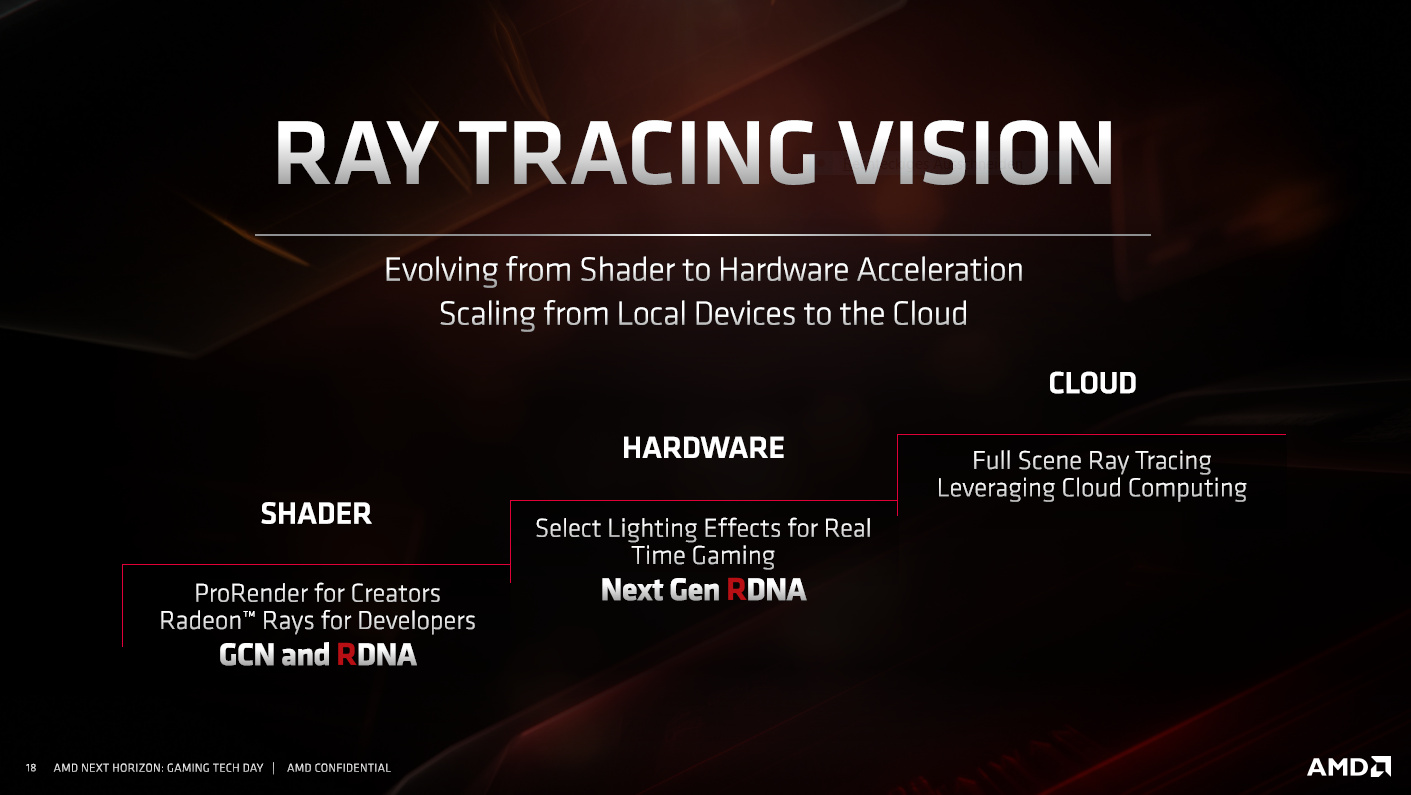It means you don't need tensor core to doing it but you use other things. You trade tensor core against another hardware.
It is more a question of which one will have the more efficient die size.
Tensor cores are not necessary for denoising, it can be done with regular pixel shaders and gpu compute and so far that's how how it's been done by most if not all released RTX games. Tensor based denoising is something nVidia tried to make into a thing, I believe solely to justify their inclusion on consumer cards and artificially make them useful in that space to leverage nvidia's relatively longer experience with tensors into an extra feature in the field of gaming, but it did not actually catch on.

